Research shows lower protein feed boosts pig health, reduces odor, and supports South Korea’s push for sustainable livestock production.
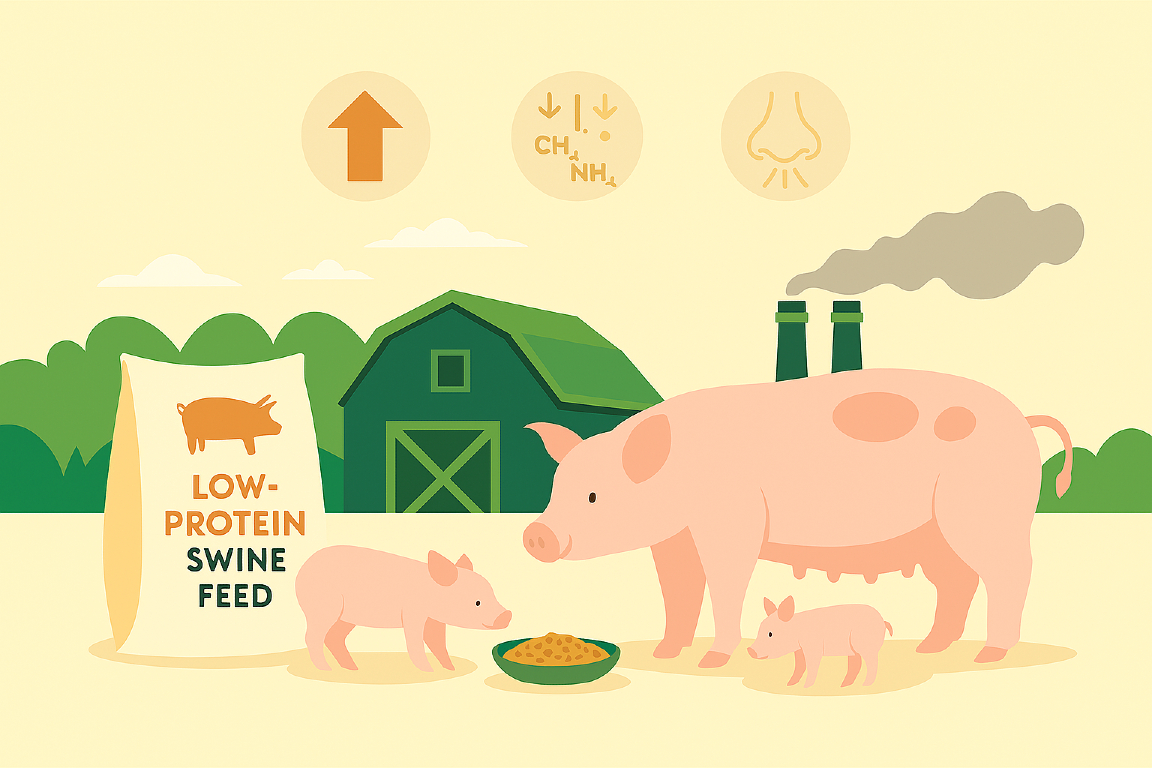
South Korea’s swine industry has been shifting toward low-protein diets to reduce nitrogen emissions and improve sustainability, without compromising productivity. The move follows a key regulatory update in July 2022.
The revised law changed crude protein (CP) registration in swine feed. Instead of a minimum requirement, CP levels are now capped to reduced environmental pollution.
Livestock production emits 137 million tons of nitrogen globally annually. Swine farms contribute significantly, prompting Korean researchers to explore feed-based solutions.
A 2024 paper by Hongjun Kim of Seoul National University supports this approach. The study tested reduced CP diets across three swine growth stages.
Experimental trials
Experiment 1 studied how different CP levels affect young pigs’ growth, health, digestion and odor emissions. The study used 240 weaning pigs ([Yorkshire × Landrace] × Duroc), divided into six groups based on sex and starting weight.
Each group followed a randomized complete block (RCB) design and received diets with CP levels ranging from 16/15% to 21/20% during early and late weaning phases.
This experiment measured:
Experiment 2 examined how CP levels affect older pigs’ growth, metabolism, meat quality, and environmental impact. It involved 210 growing pigs of the same crossbreed, divided into six treatment groups using an RCB design.
Each group received phase-specific diets labeled CP1411 to CP1916, representing CP levels from 14/13/12/11% up to 19/18/17/16%.
This trial evaluated:
Experiment 3 focused on how CP levels affect pregnant sows and their piglets. It included 72 multiparous sows (Yorkshire x Landrace) assigned to six dietary treatments in completely randomized design. Diets ranged from 11% to 16% CP.
The study assessed:
Lower protein, better outcomes
In weaning pigs, lower CP diets improved feed intake, weight gain, and nutrient digestibility. Diarrhea incidence dropped, and odor emissions were significantly reduced.
Growing-finishing pigs showed similar benefits. Reduced CP improved growth performance and feed efficiency. Blood tests revealed lower metabolic wastes, while pork quality remained unaffected.
Gestating sows maintained reproductive performance on lower CP diets. Odor emissions decreased, and protein metabolism improved without harming sow health or piglet growth.
Environmental and industry impact
Across all trials, reduced CP diets consistently delivered:
These results support South Korea’s policy shift and offer a model for sustainable pig production. Precision protein feeding can balance productivity with environmental responsibility.
As climate concerns grow, this approach may inspire similar reforms in other pig-producing nations.
Subscribe now to the technical pig magazine
AUTHORS
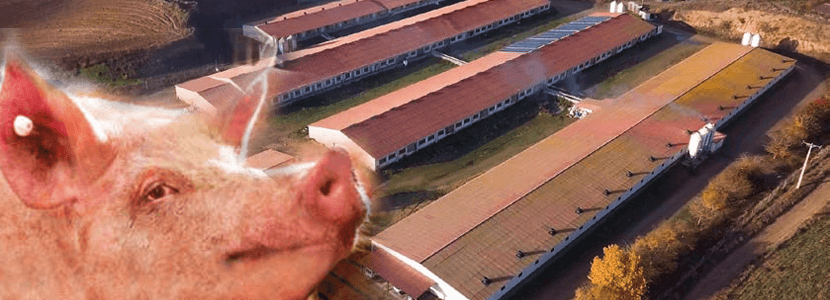
Bifet Gracia Farm & Nedap – Automated feeding in swine nurseries

The importance of Water on pig farms
Fernando Laguna Arán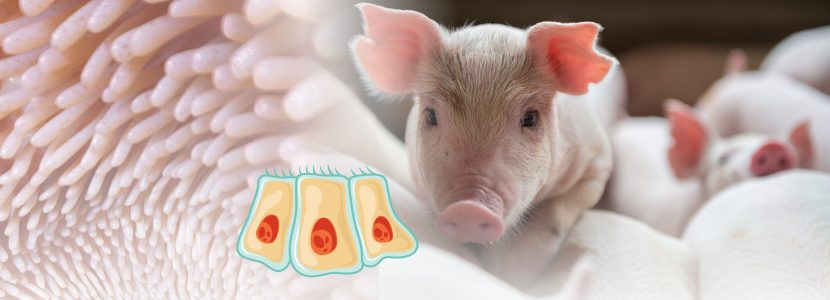
Microbiota & Intestinal Barrier Integrity – Keys to Piglet Health
Alberto Morillo Alujas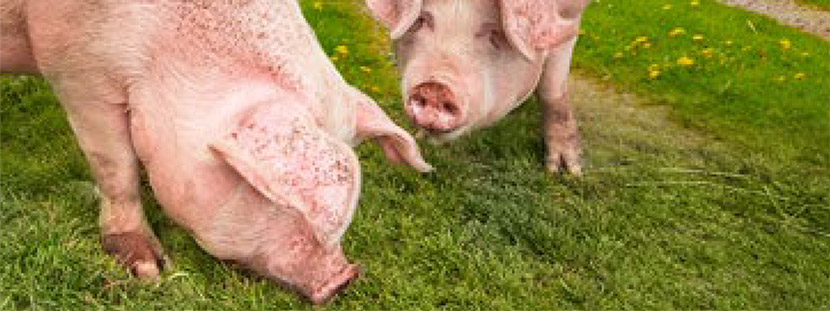
Impact of Reducing Antibiotic use, the Dutch experience
Ron Bergevoet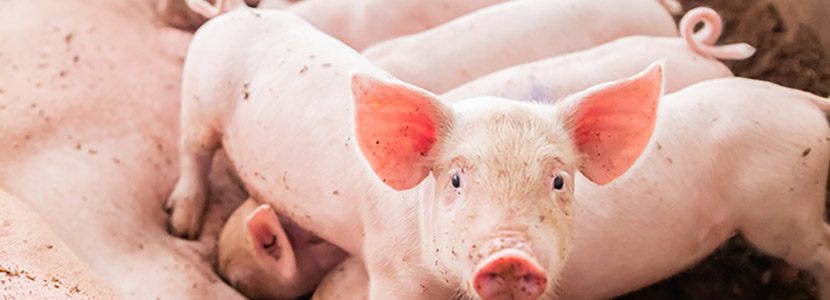
The keys to successful Lactation in hyperprolific sows
Mercedes Sebastián Lafuente
Addressing the challenge of Management in Transition
Víctor Fernández Segundo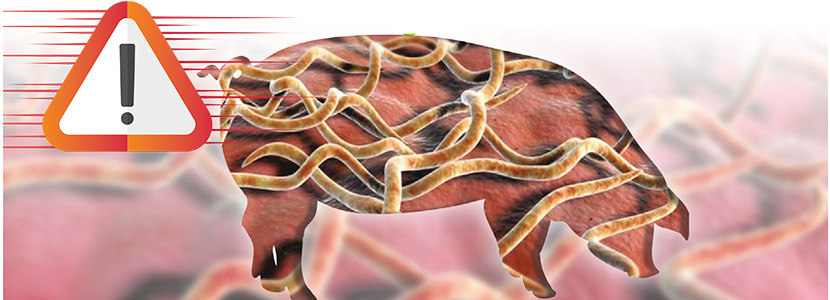
Dealing with the rise of Swine Dysentery
Roberto M. C. Guedes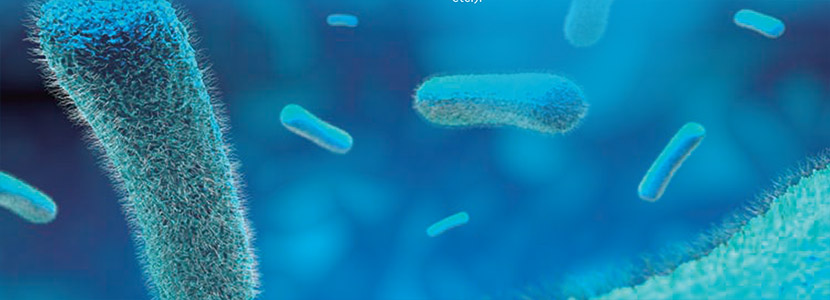
Actinobacillus pleuropneumoniae – What are we dealing with?
Marcelo Gottschalk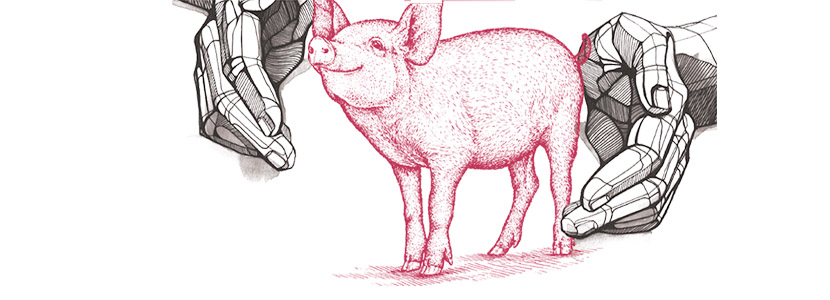
The new era of Animal Welfare in Pig Production – Are we ready?
Antonio Velarde
Gut health in piglets – What can we do to measure and improve it?
Alberto Morillo Alujas
Interview with Cristina Massot – Animal Health in Europe after April 2021
Cristina Massot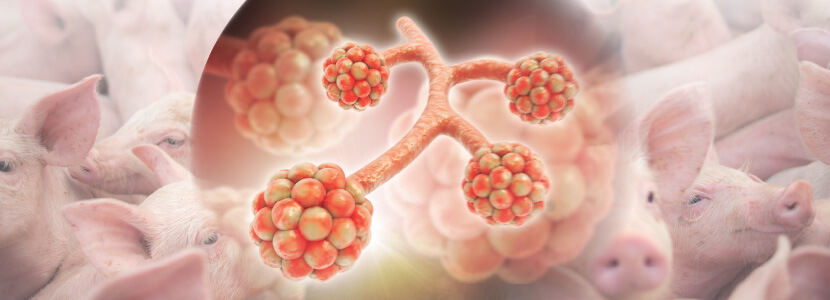
Differential diagnosis of respiratory processes in pigs
Desirée Martín Jurado Gema Chacón Pérez